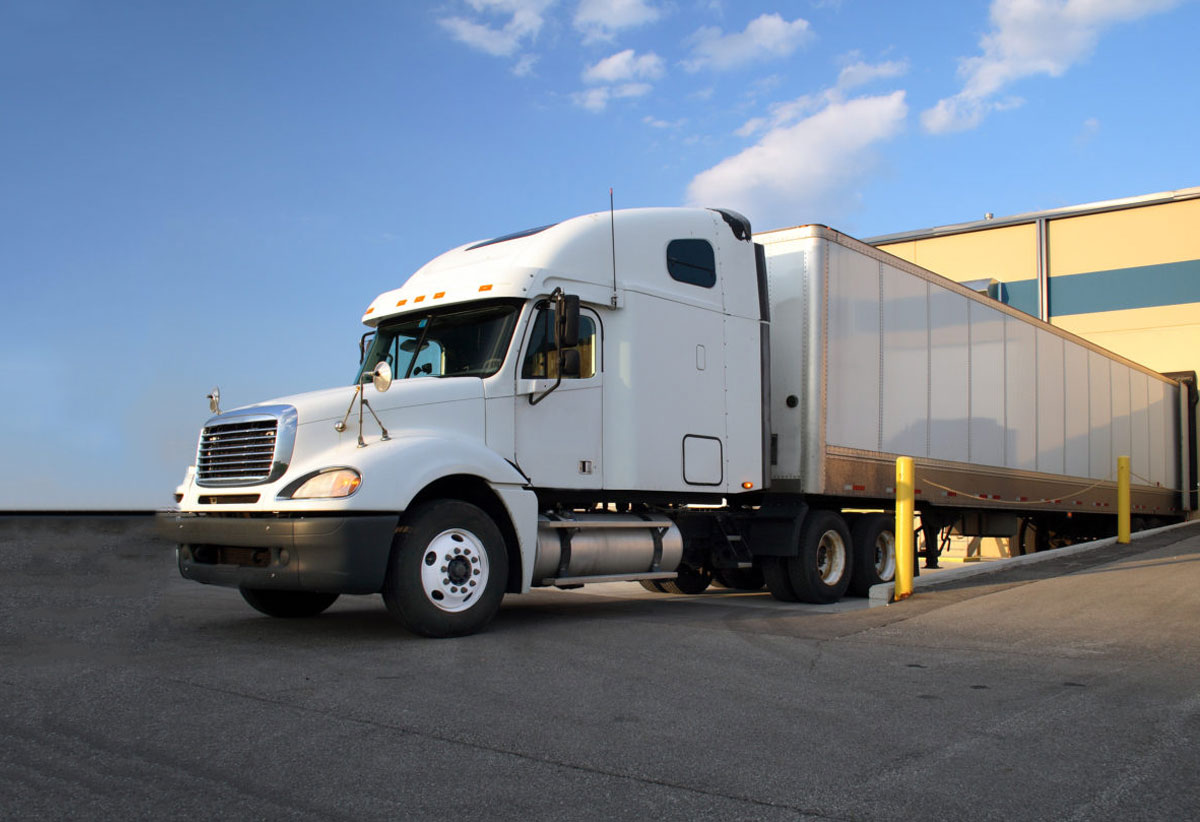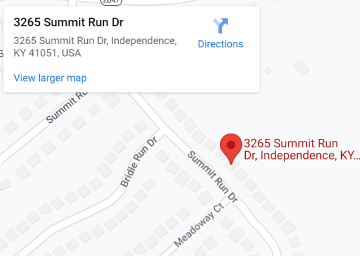Dental Trailer filling the Gap between Dentists and Australian Remote Communities

According to many searches, the dental health care status among Australian people who live in rural areas is poorer than the people located in bigger the cities. The population in the remote or rural geographical areas suffer from inadequate dentition, tooth loss, cavities and sometimes they pull their own tooth out by themselves resulting in major dental issues and related physical health problems. People who live in remote regions often avoid certain foods because of their poor dental health. All this is happening because of the poor access to dental health care providers. It is a well-known fact that the percent of dental visits in urban cities is higher than in rural areas. This is explained by the fact that in urban parts of the country people have a better access to the dental health providers, urgent care facilities and hospitals making it possible for them to visit dentists more frequently compared to the remote or rural populations.
Another thing to consider is that dentists who work in remote communities are not oriented to prevention just like the urban city dentists. This is linked to the serious health problems which appear in remote community patients. The dentists in these areas perform more restorative procedures and extractions. In the small regions, poor oral health care habits increase the number of restorations and extractions contributing to poor dental, physical and mental health for this community at large compared to urban residents.
This is the main reason for variation in lifespan between urban, rural and remote area populations. Fundamental resources such as basic dental, physical and medical health services are lacking in the remote communities which can further cause criminal activities in these communities. Also, fluoridated water is less common in these parts. Other reasons for the appearance of dental problems are lower socioeconomic status and the long-distance to dental practices. Many of these people are found on the waiting list reserved for public dental, physical and mental health care which seems to be notoriously long.
Possible solutions and recommendations
The Dental Association in Australia advise people to take care of their daily nutrition and turn on a healthy diet in combination with proper oral hygiene. This means patients have to brush and floss at least twice per day and have regular check-ups at their dentist. Another approach is required and it is addressed to the educational process about the relation between good diet and oral and general health. Patients have to be educated about toxic effects and how sugar and most soft drinks affects teeth and gums.
The following things may improve the oral health of patients who live in remote communities in Australia:
- Better access to a fluoridated water
- Having access to dental health care professionals (Hygienists, Therapists, and Dentists)
- Better access to healthy food
- Developing a national program which would be addressed to reduce the consumption of sugary foods and also soft drinks
- Implementing mobile dental trailers to reach the underserved population
- Australia is already using of Medevac Helicopters and air rescue ambulance equipped with dental & medical staff and equipment to provide service to remote areas.
Mobile dental trailers to reach the patients in remote communities
This is a great solution to the problem which exists in remote communities in Australia. This for sure would be a successful project with a possible positive conclusion. The dentists in mobile trailers would help a lot of people to treat their dental problems. Also, they would educate them on proper oral health care habits and how to prevent new cavities.
Thanks to this kind of help, patients who live and work in remote and rural regions could have access to a dentist and at the same time, they would have a quality dental care at their door step. They won’t have to travel for so many kilometers in the metropolis to find a dentist who will help them. The dental clinic on the wheel would be equipped with well-trained dentists and surgeons who will perform more complicated treatments. These mobile clinics would offer more services from an educational visit to extractions and x-rays. This idea is very interesting and depending on the need the number of these mobile dental trailers may increase. Bringing more dental assistance to remote communities is a great chance to decrease the percent of dental caries.
Summary
Mobile dental service is always a good idea because it provides dental care in regions where the access to dental treatment is limited. This means, that acute oral health problems would be treated without the need of creating a waiting list for public services. Mobile dental clinics offer regular check-ups, treat cavities, extractions and x-ray services. Depending on the need they can move to various regions.
The main purpose of this medical project is to deliver quality oral health care to patients who are located in remote and rural parts of Australia. The mobile dental/medical clinics can be supplemented with medevac helicopters and air rescue ambulances. Mobile dental trailers would solve the major concern about dental health to people who live in remote communities. Thanks to this implementation project, these patients can get dental services with little to no cost. The difficulty of accessing dental care made this project successful and with a positive outcome. Maybe it is hard to support the dentists and assistants in remote communities but, with the right volunteers and social staff the important and necessary mobile clinic projects can survive to help people who live in remote areas and benefit their dental health.

 SUBSCRIBE TO OUR BLOG
SUBSCRIBE TO OUR BLOG
